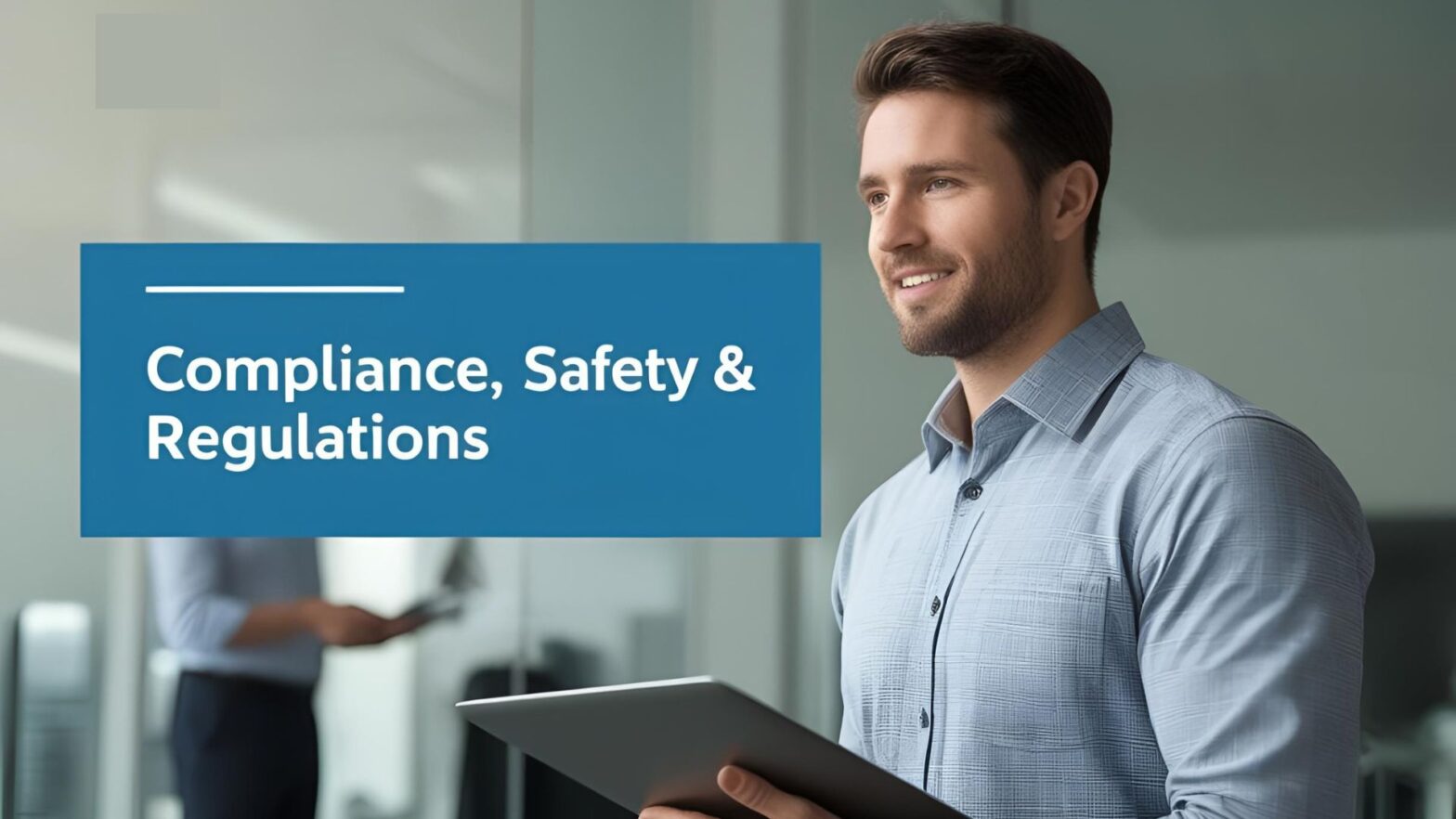The building materials supply chain is complex, involving multiple players—from manufacturers and distributors to contractors and end users. With that complexity comes a range of regulatory requirements at the federal, state, and local levels. Whether it’s environmental compliance, product labeling, transportation, or worker safety, mistakes in any area can lead to costly penalties, project delays, or even legal action.
Here’s a breakdown of the most common regulatory issues in the building supply chain—and how to avoid them.
- Improper Labeling and Documentation
The Mistake:
Products, especially those containing hazardous chemicals or treated wood, are shipped without proper labeling or documentation. Missing or incorrect labels can violate OSHA’s Hazard Communication Standard (HCS) or EPA requirements.
How to Avoid It:
Use standardized, compliant labels that include product identity, hazard warnings, and handling instructions.
Include Safety Data Sheets (SDS) with every shipment, and make them accessible to employees and customers.
Regularly audit inventory for label accuracy and completeness.
- Non-Compliance with Environmental Regulations
The Mistake:
Failing to adhere to EPA guidelines related to emissions, hazardous waste, or chemical runoff—especially for manufacturing and treatment facilities.
How to Avoid It:
Stay current with EPA regulations and state-specific rules for air, water, and waste.
Maintain proper containment systems for chemicals and runoff.
Document all waste disposal and emission records.
Conduct internal audits and ensure your staff is trained on environmental best practices.
- Inadequate Transportation Compliance
The Mistake:
Shipping materials in vehicles that don’t meet Department of Transportation (DOT) standards for weight limits, hazardous materials, or driver qualifications.
How to Avoid It:
Train drivers and logistics teams on DOT compliance, including hours-of-service rules and HAZMAT requirements.
Ensure your fleet is maintained and inspected regularly.
Keep documentation ready for audits, including maintenance logs, shipping papers, and driver certifications.
- Failure to Comply with Import/Export Laws
The Mistake:
Distributors that source materials internationally may overlook customs regulations, trade restrictions, or required certifications for imported goods.
How to Avoid It:
Work with a licensed customs broker or compliance expert to ensure proper classification and documentation.
Understand the import/export restrictions for specific building materials, especially those involving chemicals or forestry products.
Verify that all materials meet U.S. standards and certifications before entry into the market.
- Ignoring OSHA Workplace Safety Requirements
The Mistake:
Facilities operating without proper safety protocols, training, or equipment—leading to worker injuries and regulatory violations.
How to Avoid It:
Conduct regular workplace hazard assessments.
Train all employees on OSHA safety standards relevant to their roles.
Provide and enforce the use of personal protective equipment (PPE).
Document all incidents, training, and inspections to demonstrate a culture of safety and compliance.
- Lack of Traceability in the Supply Chain
The Mistake:
Inability to trace the origin and movement of materials in case of recalls, safety incidents, or audits.
How to Avoid It:
Implement an ERP or inventory management system that tracks materials from supplier to customer.
Use batch codes, barcoding, or RFID systems to monitor movement and storage.
Establish procedures for quick response if product recalls or investigations are required.
- Failure to Stay Updated on Changing Regulations
The Mistake:
Regulations shift frequently, but many companies fail to keep up—leading to outdated practices and unintentional violations.
How to Avoid It:
Subscribe to updates from regulatory bodies like OSHA, EPA, DOT, and state agencies.
Assign a compliance officer or team to monitor legal changes and implement policy updates.
Engage with industry associations that provide regulatory guidance and best practices.
Final Thoughts
Regulatory issues in the building supply chain are often the result of overlooked details or outdated practices—not bad intent. By focusing on proactive compliance and building a strong internal process for training, documentation, and auditing, companies can avoid the most common pitfalls.
Staying ahead of regulations not only keeps your operation legal—it builds trust with your customers, partners, and employees.


